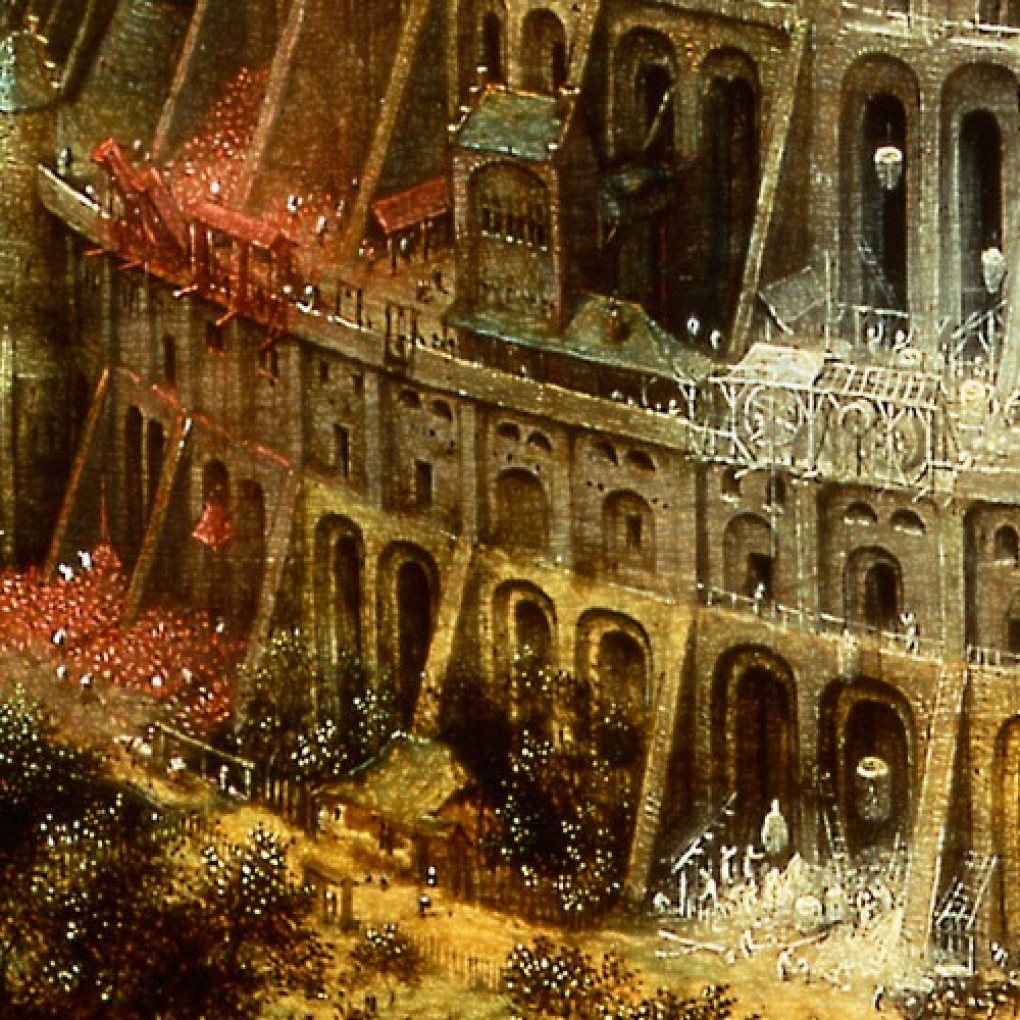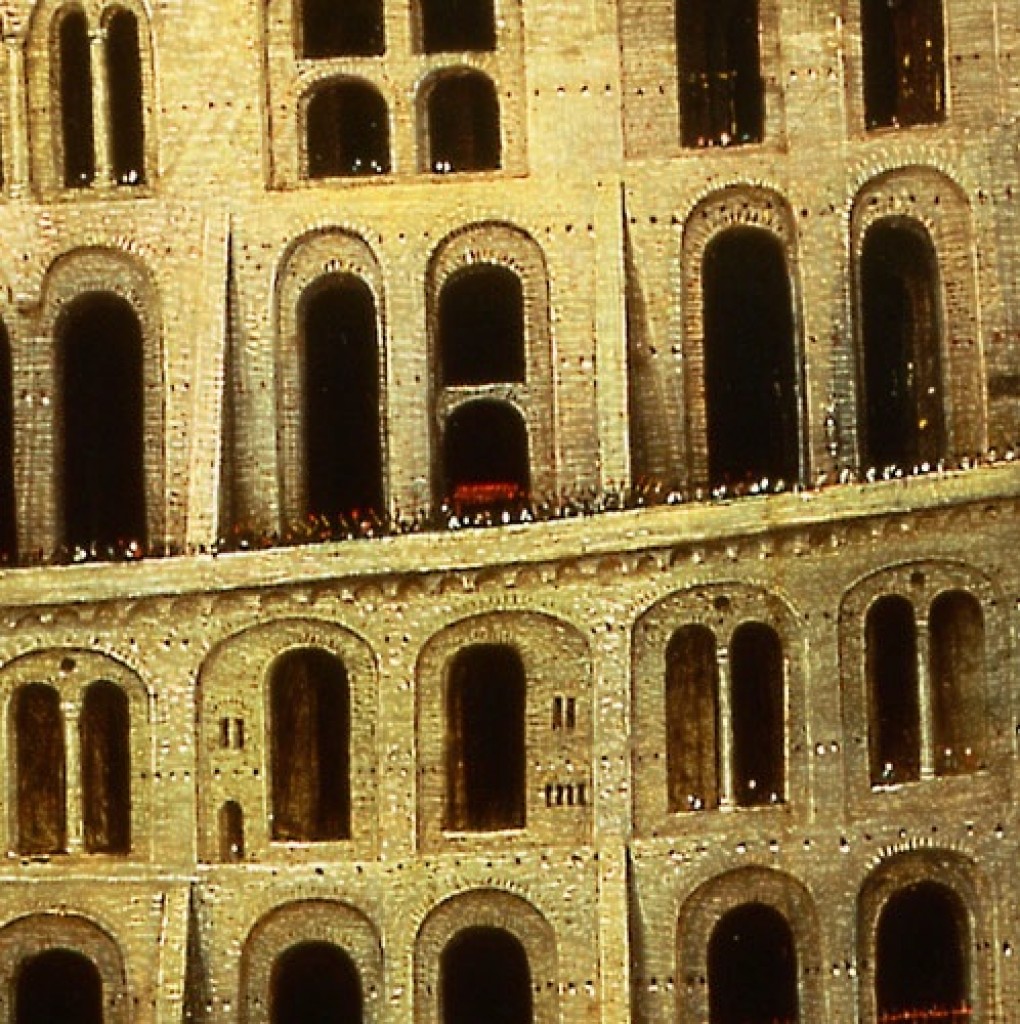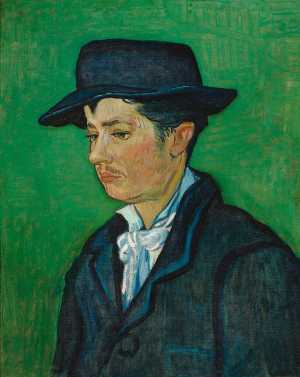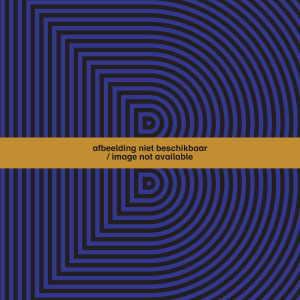Symbolism
The story of the Tower of Babel contains a universal message. The biblical construction of the tower symbolises man’s ambition to attain the highest possible goal. It also symbolises the eternal struggle between mankind’s ambition and his hubris, which is mercilessly punished by God. Mankind blindly trusts his own capabilities and the unbridled possibilities of technology. God’s punishment of this arrogance symbolises man’s insignificance and mortality. Bruegel too is somewhat vain in his attempt to paint the tower that was designed to reach to the heavens, thus reinforcing the message of the story. In Bruegel’s depiction of ‘The Tower of Babel’, God’s punishment has not yet been enacted: the bricks are still being carried up the tower and the harbour below is a hive of activity.





































